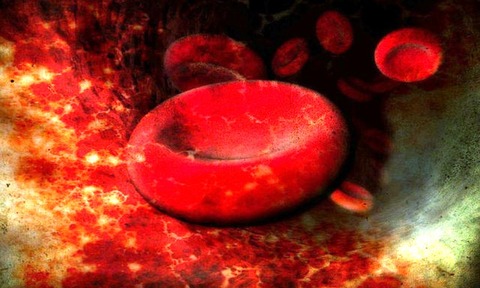Bioreactor used to generate blood cells
21 Jul 2014

Bioreactor-on-a-chip system could be used to meet the global need for blood transfusions, new research suggests.
Scientists in Boston, US have successfully generated human platelets in vitro using a scalable, next-generation bioreactor at Brigham and Women’s Hospital (BWH).
The study was published in the journal Blood.
Lead researcher Jonathon Thon said: “The ability to generate an alternative source of functional human platelets with virtually no disease transmission represents a paradigm shift in how we collect platelets that may allow us meet the growing need for blood transfusions.”
According to the researchers, bioreactor-derived platelets theoretically have several advantages over conventional, donor-derived platelets in terms of safety and resource utilisation.
“A major factor that has limited our ability to compare bioreactor platelets to donor platelets is the inefficiency of growing platelets, a problem that slows [the] progress of clinical research. This study addresses that gap, while contributing to our understanding of platelet biology at the same time,” said William Savage, medical director, Kraft Family Blood Donor Center.
The bioreactor, which is designed to mimic a biological environment to carry out a reaction on an industrial scale, uses biologically inspired engineering to fully integrate the major components of bone marrow, modelling both its composition and blood flow characteristics, research suggests.
Blood cells, such as platelets whose function is to stop bleeding, are generated within bone marrow.
The microfluidic platelet bioreactor recapitulates features such as bone marrow stiffness, extracellular matrix composition, micro-channel size, and blood flow stability under high-resolution live-cell microscopy to make human platelets.
Research suggests that the application of shear forces of blood flow in the bioreactor triggered a dramatic increase in platelet initiation from 10% to 90%, leading to functional human platelets.
“By being able to develop a device that successfully models bone marrow represents a crucial bridge connecting our understanding of the physiological triggers of platelet formation to support drug development and scale platelet production,” said senior study author Joseph Italiano.
The next phase of the team’s research will include human clinical trials likely to commence in 2017.

